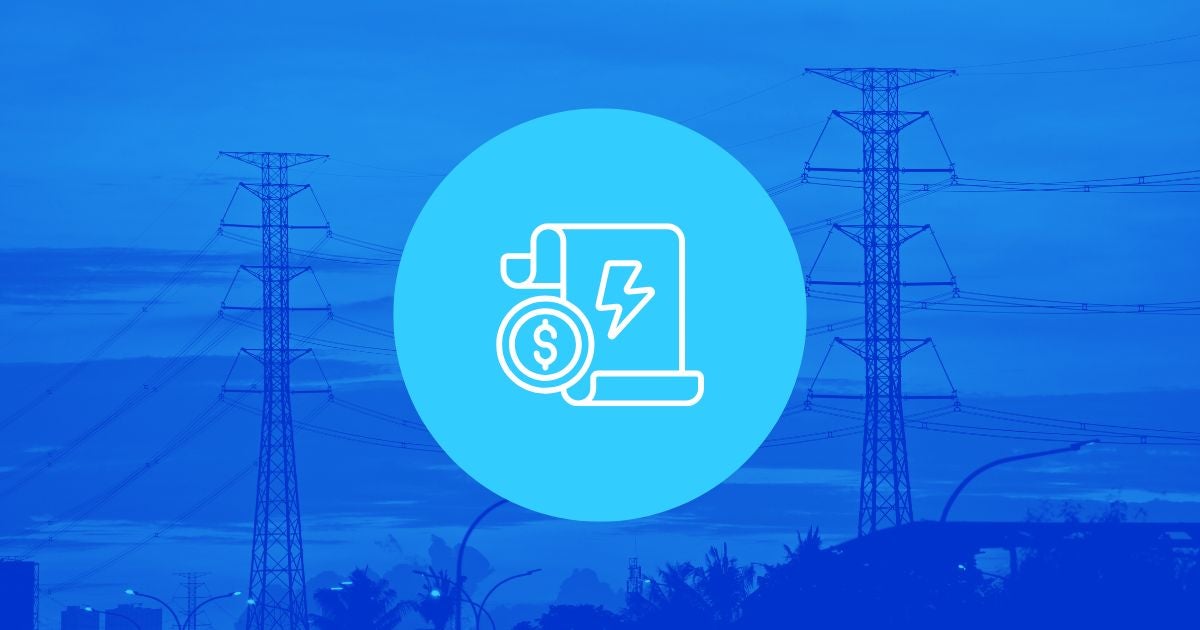Immense Flat Roofs, an Untapped Resource
 This post is by Sheryl Canter, an online writer and editorial manager at Environmental Defense Fund.
This post is by Sheryl Canter, an online writer and editorial manager at Environmental Defense Fund.
Yesterday’s New York Times reported that a number of chain stores, including Wal-Mart, Macy’s, Safeway, and Whole Foods, are putting solar panels on their roofs to generate electricity. There’s a big opportunity here. Stores are the largest energy users in many communities, and solar panels could generate 10 to 40 percent of the store’s electric needs.
Solar power still costs more than electricity from coal, but:
[R]etailers believe that they can achieve economies of scale. With coal and electricity prices rising, they are also betting that solar power will become more competitive, especially if new policies addressing global warming limit the emissions from coal plants.
The current rush to add solar panels is sparked by a tax advantage that ends on December 31. The tax credit may be renewed – or may not. The more reliable way to provide incentive for investment in new energy technologies is through the marketplace – by putting a price on carbon.
A carbon market – implemented through a cap-and-trade system – will lower the price of clean energy by opening the flood gates on research and development. Plus it will level the playing field, making clean technologies more competitive. Congress is on vacation now, but look for action on cap-and-trade in the coming months.












